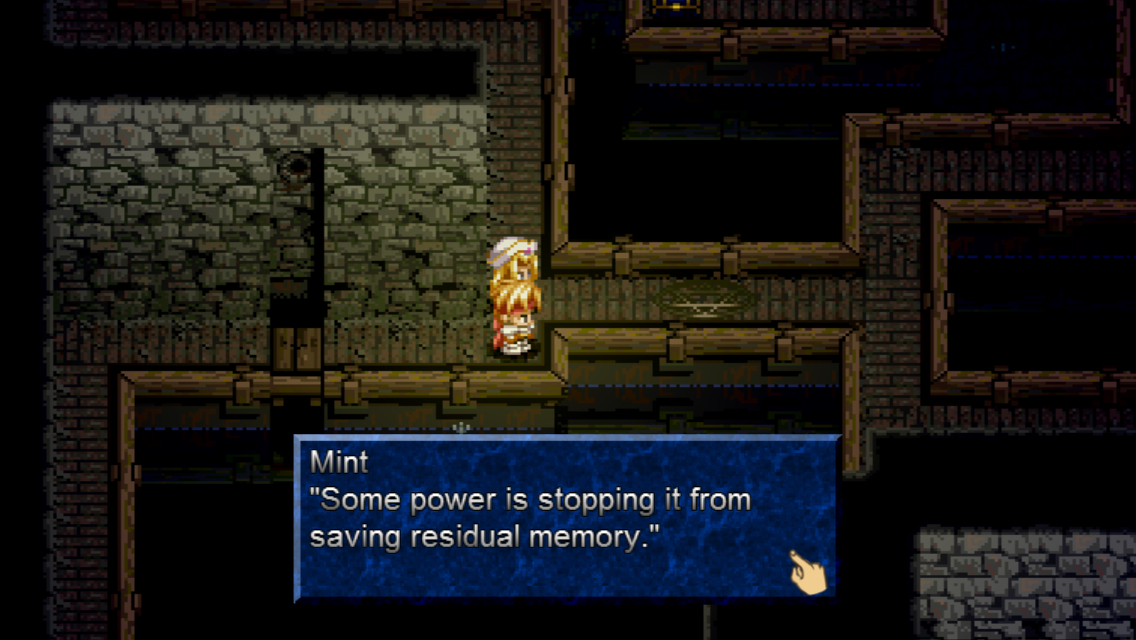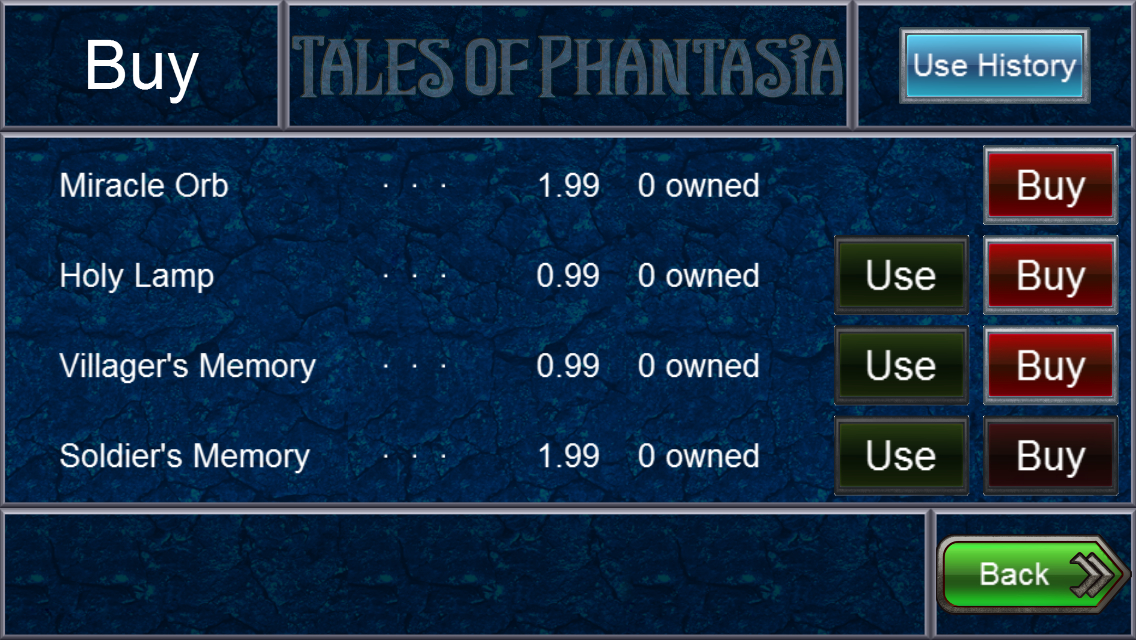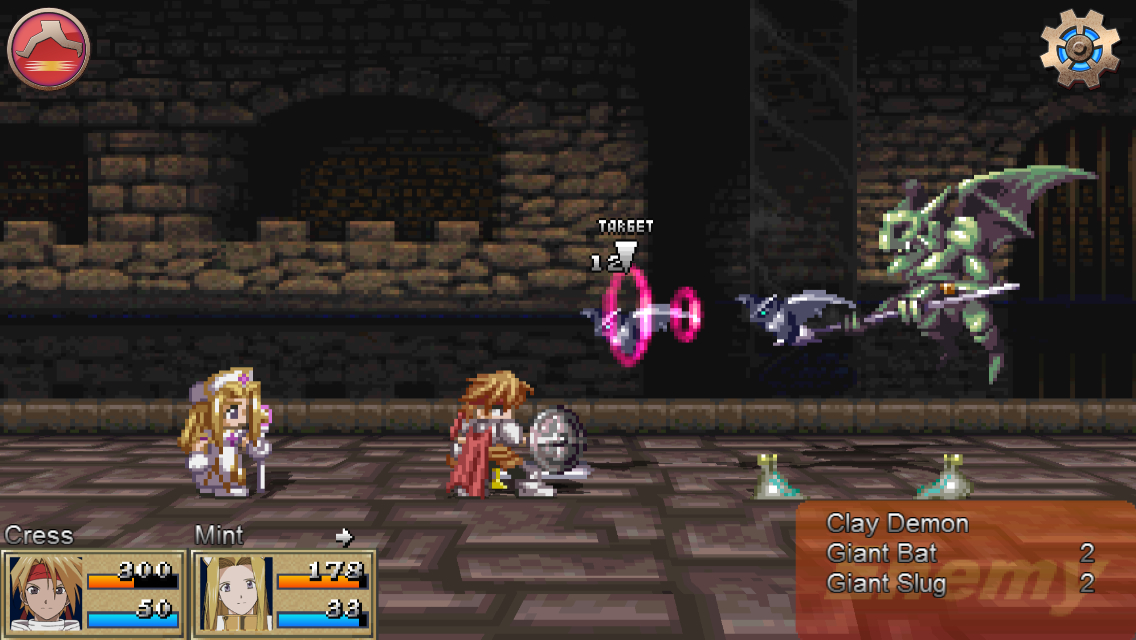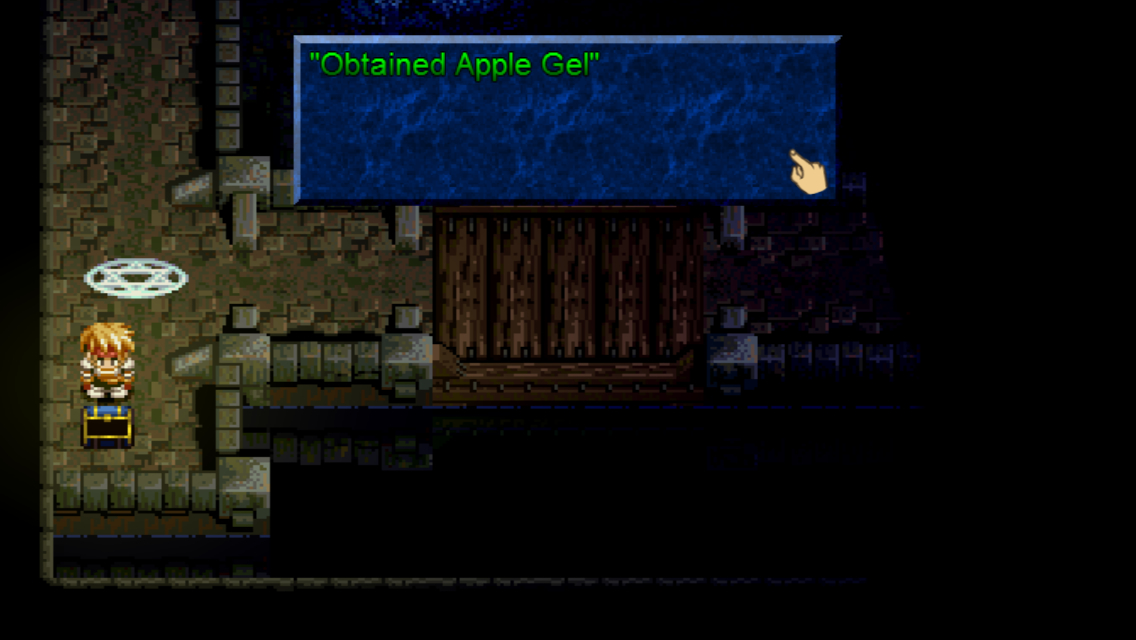![]() Square-Enix gets a lot of flak about their various ports and remakes of their games. Whether it’s graphical alterations, remixed soundtracks, translation changes, or added material, seemingly anything ends up being fodder for those who want to tell the company that they broke the game in question. I’m not going to say whether or not I feel people are justified in those complaints, but I think that anyone who plays Namco’s latest port of Tales of Phantasia (Free) is going to walk away with some new perspective on what exactly breaking a game entails. What has happened here is more than a little gross, and while I have my issues with the original game, it did not deserve this little Frankenstein experiment gone wrong.
Square-Enix gets a lot of flak about their various ports and remakes of their games. Whether it’s graphical alterations, remixed soundtracks, translation changes, or added material, seemingly anything ends up being fodder for those who want to tell the company that they broke the game in question. I’m not going to say whether or not I feel people are justified in those complaints, but I think that anyone who plays Namco’s latest port of Tales of Phantasia (Free) is going to walk away with some new perspective on what exactly breaking a game entails. What has happened here is more than a little gross, and while I have my issues with the original game, it did not deserve this little Frankenstein experiment gone wrong.
Tales of Phantasia follows the story of a young man named Cress, who has a very heavy destiny ahead of him after Imperial troops come to his hometown looking for an important relic. The tale is, if nothing else, winding and told with enthusiasm, with some very well-done highs and some embarrassing lows. You’ll meet some new friends, deal with a villain with a shade of depth to him, battle magical racism, take to the battlefield of an all-out war, and cook breakfast. At the time of Tales of Phantasia‘s original release on the SNES, not everything in the story was wholly original, but it was quite an epic tale owing to just how much happens, combined with its amazing production values. In today’s light, and specifically the iOS ecosystem, the story loses a bit of its shine, thanks to Kemco’s RPGs biting pretty hard off its themes, but it’s still a compelling story with some good character work. It’ll have you wanting to see what’s coming next all the way up until the ending of the game.

While the game was probably most famous originally because of its presentation, the gameplay systems found in it were noteworthy in their innovations. In particular, the battle system stood out for its more action-focused take on RPG combat, with battles playing out in real-time and special abilities pulled off via directional presses combined with buttons. Of course, the Tales series is incredibly long in the tooth by now, with numerous refinements and iterations made on the combat you’ll find here. By comparison, as you would expect from the game that had to blaze the trail, Tales of Phantasia feels a bit clunky and slow. Characters don’t always move the way you want them to, getting characters to use items properly is awkward, and chaining moves is a bit tricky. It’s still fun, especially if you’re not familiar with later games in the series, but it has aged pretty terribly.
I think a straight port of the game would still be welcome, however, even if it’s more of a curio in modern times. Namco has remade the game before on other platforms, and the version they’ve released on iOS seems to be based on those rather than the SNES original. Unfortunately, they’ve decided to do something interesting for this port. They’ve released the game for free, which might seem good, especially if you’ve been unhappy with the comparatively hefty prices on Square-Enix’s lineup. All things have their cost, however, and the cost of this “free" Tales of Phantasia is quite steep indeed.

So let’s talk about the changes Namco’s made here. I’m not sure where to start here, but let’s go with the fact that you have to be online to save your progress. If you don’t have an internet connection, all forms of saving your game are disabled. If Namco’s servers are down, well, you’re not going to be playing. It’s a baffling choice for a single-player RPG, but the other changes perhaps shed a little light on the motivation for this. The next big change, and perhaps the least surprising given the game’s free status, is the addition of a shop that sells items for real money. For the most part, these items just grant you experience points in varying amounts, allowing you to pay to powerlevel, in essence. There’s one other item in there, though, and it greatly contributes to the undoing of this game: a resurrection orb that, should you fall in battle, brings you back with a stat buff, all for the low, low price of two dollars.
In and of itself, that item shouldn’t be a problem. It’s not that different from the various cheat items Kemco loads into their games these days. If someone wants to cheese their way past a tough boss or avoid a grind, why not? It’s not like you have to use it, right? You know, technically speaking, you don’t have to use it to get through this game, but Namco has done everything in its power to make you want to, with no regard whatsoever to the considerable effect on the game’s enjoyability. In previous versions of the game, Tales of Phantasia had multiple difficulty settings, which mostly manifested in the form of enemies with higher stats. In the iOS version, you have no choice, you are locked into a custom setting that sits somewhere between Hard and Mania from the other versions. This makes the fights last a lot longer and makes the enemies far more deadly, especially bosses. If that’s not enough, they’ve outright deactivated many of the game’s save points, especially those located near bosses.

This naturally sets up the situation where you’ve spent a fair bit of time working your way through the back end of a dungeon, lost to the boss, and are now looking down the barrel at having to redo all that work. It’s here where the game generously offers its magical resurrection item to you, reminding you sternly that if you don’t use one, you’ll lose everything since your last manual save. It’s as unpleasant as it is transparent. Tales of Phantasia is a very, very hard game at this difficulty setting, and jerking out the save points is cruel and unnecessary. That’s not the only tinkering they’ve done here, either. The price of every item in the game has doubled, and Tales wasn’t exactly famous for its generous cash flow to begin with. The only olive branch offered to alleviate this particular change is the presence of a daily bonus that might sometimes double the gold monsters drop for one hour, temporarily restoring the game’s proper economy.
I have a feeling other things have been modified behind the scenes, such as the drop rate for items, but I unfortunately have no way to corroborate that beyond my gut feeling. I don’t feel Namco deserves the benefit of the doubt on any of it, though. The clear intention here was to turn a proper self-contained game into a cash grab by any means possible. There are some other changes that aren’t levied at bringing in cash, and they’re kind of split down the middle for how well they work. Map controls use a virtual stick, but you can just tap anywhere to have Cress scoot there. His walking speed has been jacked up quite a bit, making him ridiculously unwieldy to control with the stick. Battle controls thankfully make no attempt at using virtual controls, instead breaking the play area into three zones, each representing a basic attack. Special attacks are mapped to swipes in each cardinal direction, and items are accessed via a button push to open a menu. This was a clever way to handle the combat, and I feel it works quite well.

It’s a shame the game has been busted up so badly, because it’s a beautiful port on the technical side. It seems to be based on the PSP version of the game, though the 3D aspects look a lot better thanks to the higher resolution screen on mobile devices. Battles run fairly smoothly on my iPhone 5S, especially compared to the lethargic GBA version, but if you’re using anything less than a 4S, you’re going to have serious problems. The extensive voice work is all in Japanese with English subtitles, but the only prior English voice work for this game is awful, so I’ll forgive the lack of a dub option. The translation seems to follow the track laid down by the GBA version, though it differs in many ways. Humorously, some of the animated movie cutscenes display the Japanese romanization of the character names, and they don’t always match with the version the script went with. It’s not a great translation by any means, but it’s coherent, which is sadly a high-water mark only recently achieved by the average JRPG on the App Store not released by Square-Enix.
If you’re persistent, you can probably grind or luck your way through the game, even with the changes that have been made. After all, the difficulty setting this version locks you in more or less exists in the other versions, and people ostensibly have cleared that setting before. I suspect most people aren’t going to be bothered to go past the second town, though, because Tales of Phantasia simply isn’t very fun to play at this level. The whole monetization into oblivion is pretty upsetting, particularly when you keep in mind that fans of JRPGs on iOS are certainly used to paying premium prices for games, and would likely do so happily for a title of Tales of Phantasia‘s fame. On another level, it’s also very frustrating for Tales fans, because this is only the second English version of the game, and it’s inexplicably worse to play than the already-terrible version that was released before on GBA.

If you really want a free JRPG, go download Machine Knight (Free) instead. It may not be the better game in an ideal world where you could just enjoy both titles as they were designed, but at least it won’t shake you down for money constantly. Even sampling this version of Tales of Phantasia will only lead to the frustration of seeing that Namco could have made an excellent version of the game, but didn’t. Thanks, but no thanks.